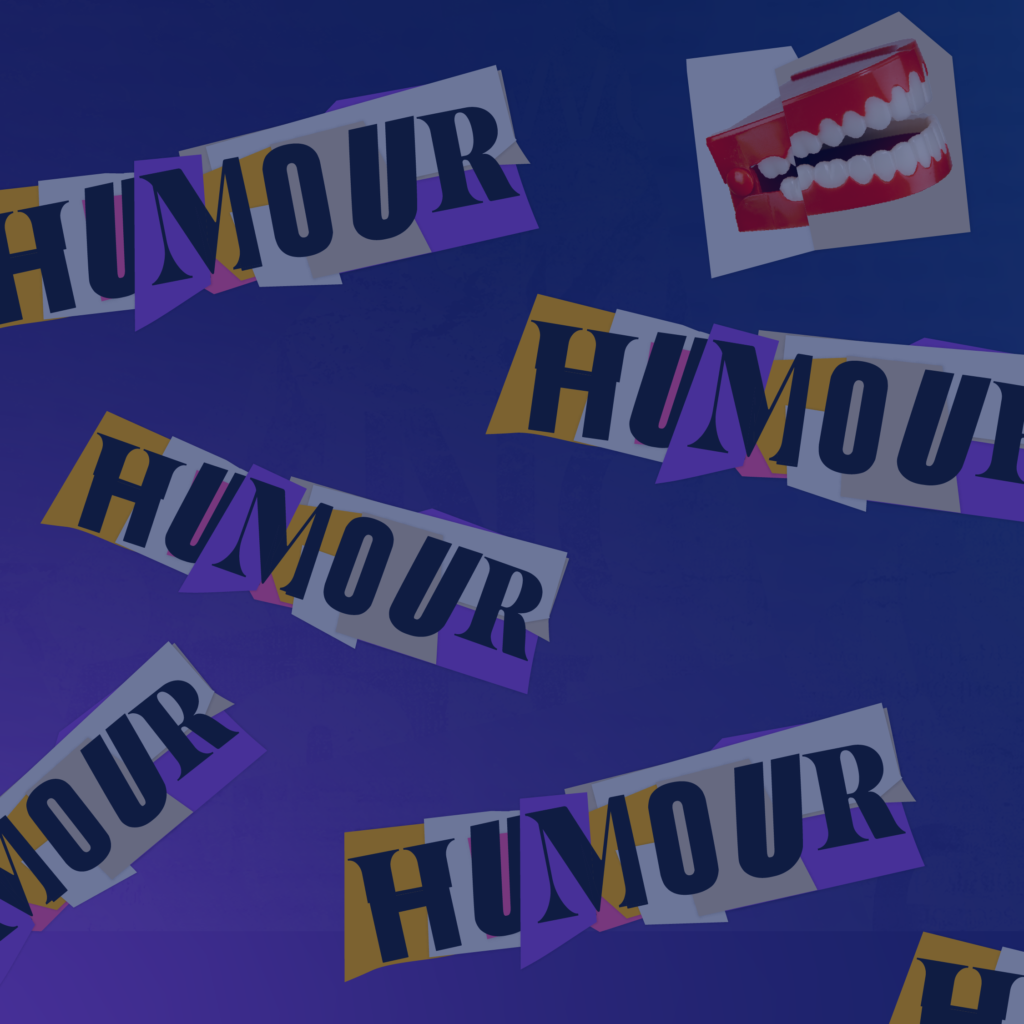When people talk about ‘funny’ (funny haha, not funny weird) brands, they tend to think of a brand film. Humorous TV adverts are remembered and talked about for years. But, this is a once in a blue moon execution. In fact, a brand will find more frequent opportunities to be consistently funny through their tone of voice.
B2B brands are swimming in a sea of sameness
If you’ve decided that your brand is going to have an element of humour, comedy, or fun in it, then this will naturally have to come through the written word. With so many platforms and channels available, there are lots of opportunities for a brand to introduce some humour in their writing.
This can especially be seen across social media. A well-timed, well-written, humorous post can get a brand more exposure than almost any other type of activity. But many social platforms are now ‘pay to play’, which means getting organic reach is increasingly hard.
That’s why brands are leaping on cultural moments and using more phrases that reflect the language of the ‘youth’. As such, this has resulted in brands losing their distinctiveness in order to be seen as funny.
So, how can you be funny while still being true to your brand? Here are some thoughts you might want to consider.
The Basics
We covered a lot of this in a previous article, but get the basics right. Know your audience, have a defined brand personality with clear guidelines on tone of voice, and make sure any humour feels authentic.
By knowing your audience, you won’t fall into ‘trends’ that can feel disingenuous and date your brand. If a trend doesn’t feel relevant, don’t jump on it. If a phrase is becoming popular but would stick out like a sore thumb if used by your brand, then don’t use it. No cap. See, we’ve never said that before and we’ll never say it again.
A defined brand personality allows you to be confident that humour is right for you. And clear tone of voice guidelines allow any writer in your business to execute on that. This creates consistency and, in some small way, removes the subjective nature of humour so it’s less what the individual writers find funny and more what the brand does.
You’re not Frankie Boyle
Or any other comedian who has made their living by being caustic, pointed and often outlandishly rude. It’s really unlikely any brand that embodies these traits is going to be successful. We’d recommend not attacking, insulting, or mocking your audience, competitors… or anyone, really.
Your brand can be positioned strategically against something (wasted time through legacy IT systems, for example) which can help with how you use humour, but this isn’t going to cause offence to someone.
So, you can still be funny, but being respectful with it is important. It’s fine if not everyone likes your humour, but it should be because of the nature of it, rather than the fact it is just outright rude.
Go all in or just a touch
You need to consider how you use humour in your writing. Surreal are a brand that have gone all in on their tone of voice with regards to humour. Just check out their LinkedIn posts. Every single one is laced throughout. It’s not subtle phrasing or a smattering of clever word play. In fact, they’ve even used comedy on something as mundane as their ‘about us’section on the same platform. Not only is this great brand consistency, but it’s also total commitment to their brand voice.
But for Surreal, their messages can be abstract, wandering and irrelevant not just because it feels genuine to the brand, but because their product is so straightforward. In a highly competitive market (breakfast cereals), they’ve obviously decided to do anything they can to stand out. And that includes their tone of voice.
Alternatively, should you be more of a light touch? A flourish here and there but one that only serves to reinforce the message? This is exactly the approach that our client Prismm has taken. A spatial design company, Prismm have included humour from the ground up. It’s embedded in their brand and brought to life in a way that allows the message to be clearly communicated while raising a smile from the reader. The humour used is based on the audience but also reflects the people behind the brand — a winning mix.
Original creativity
It can be easy to fall into well-trodden tropes and stereotypes, which is why it’s important for your brand to find its own opinion and thoughts, and to express them in a unique way. Not only does this help you stand out but it also makes your message more memorable.
This 404 page from the Eden Project is a great example of taking an often missed opportunity and using humour to make it stand out.
Find how you can put your own twist on common issues and find different ways to talk about common industry challenges. A funny metaphor could work just as well, if not better, than a more traditional explanation. Or a funny story might resonate more strongly than just a usual FAQ. Sometimes humour isn’t just about writing a funny line; it can be about doing something unexpected and different to the status quo.
It all stems from the brand
With humour in tone of voice, it’s ultimately key to remember the brand itself. Its values, personality traits and tone of voice should provide excellent guidance as to whether something is funny and appropriate.
What are some of your favourite B2B tone of voice examples? Leave a comment or just drop us a line at info@digitalradish.co.uk.


 Selbey Anderson Group of agencies
Selbey Anderson Group of agencies